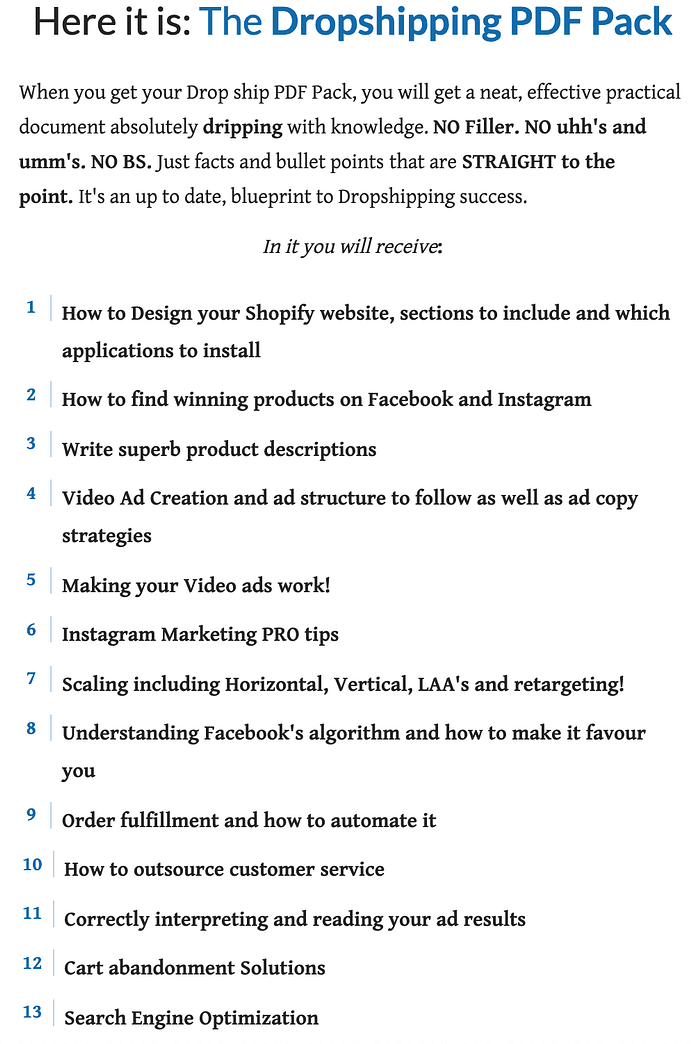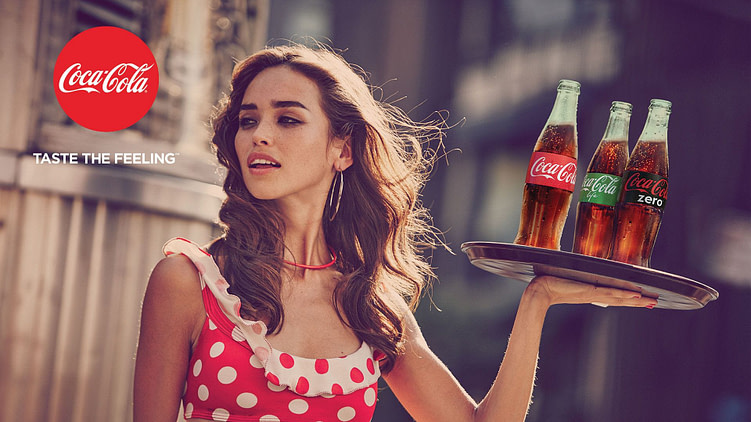Hey fellow marketer, today, I'm going to show you exactly how powerful the elaboration likelihood model (ELM) is for you and your business.
I'll explain what this model is step-by-step and show you how you can use it to revolutionize your marketing.
So let's get right into it!
Persuading people to do things is the essence of power.

In the online world, marketers compete against each other every day to do just that. Understanding ELM will grant you that marketing edge.
Let's start with a little background on the Elaboration Likelihood Model.
ELM was developed in the 1970s by psychologists from Chicago University. They studied how human responses differed when presented with different types of information.
They discovered that there are two main kinds of persuasion humans respond powerfully to. Central route processing and peripheral route processing.
Huh? Central what now?
It's actually pretty simple! You see, persuasion through central route processing is what marketers deploy when they're selling a product that requires alot of deep thinking.
Marketers understand that customers think harder, longer and deeper about important purchases than for unimportant ones.
For example, how much would you think before buying a Mars bar? Not too much right? You'd probably think about it for a minute or two before making a decision.
Now compare that to buying a car! Before coming to a decision, you'd probably spend days or weeks considering what matters to you most in a car, such as the price, the brand, and the type,
Get the idea?
Central Route Processing: Appealing to logic
Central route processing (CRP) focuses on the left side of your brain–the side that crunches the numbers through logical reasoning.
When you're marketing a product that requires a CRP approach, you're gonna want to splash your marketing with facts, statistics, hard evidence, user testimonials, reports and case studies.
Wait.. but how do I know if my product is better suited to a CRP approach?
Simple! All you need to do is ask yourself, "how long would it take me to decide on whether or not I want to buy my product?"
A good rule of thumb is–the more expensive your product–the more likely you should use a CRP marketing approach.
When a marketer is trying to sell you their course, they are most likely leveraging CRP marketing.
Here's an example of CRP in action:

This is a short snippet of a sales funnel. The seller is trying to convince you with FACTS that what he is selling is worth your money.
So what about Peripheral Route Processing
(PRP)?
PRP is persuasion by association. It engages the right side of the brain, which performs tasks related to creativity and arts.
PRP doesn't focus on facts and arguments to sell, rather it focuses on pleasant thoughts and positive images or "triggers."
Now that's not to say that PRP doesn't use any factual arguments in it's marketing. It most certainly does. However the FOCUS is on association.
PRP Marketing works best when you're promoting a more generic product where there isn't much you can use to differentiate it from the competition.
Think about Pepsi vs Coca Cola. Can you really sit down and convince someone to buy one over the other based on facts and stats alone? Maybe. But by far, the more effective method in this case is association.
Here's an example of PRP marketing:

Here, Coca Cola doesn't talk about any features or benefits, they don't try to convince you with LOGIC that Coca Cola is the greatest soft drink.
Instead, an attractive woman holds a tray of Coca Cola glass bottles as she stares gorgeously into the distance.
See what I'm talking about?
Another good example is the footwear industry. Marketers in that industry understand that unless they're selling shoes that are the bi-products of some new innovative technology that allows the user to run at super speed or jump over fences in a single leap–and cost thousands of dollars to purchase–then they're probably gonna want to stick to PRP marketing.
The greatest shoes brands spend massively on PRP marketing. Many focus on differentiating their offerings through association with celebrities, which we'll discuss next.
Elaboration Likelihood Model. The power of association (Celebrities)
Another popular way to leverage PRP is to use celebrities. Having a celebrity or public figure endorse your product in your advertisement is powerful. Customers subconsciously transfer the respect and trust they hold for the celebrity on to your product.
They assume that since the celebrity is openly encouraging the use of your product, then using said product would help them become like the celebrity.

This ad is a great example. Normally, people would associate fast food–especially KFC–with being unhealthy and unfit. So what does KFC do? They use a healthy, fit sports celebrity to endorse their product!
As a result, customers may change their attitude towards KFC because it's simply irrational that a sports celebrity who is extraordinarily fit would endorse KFC if it was unhealthy. Right?
Which Elaboration Likelihood Model strategy is better?
As we saw, each strategy is useful for different kinds of products. Having said that, the central route processing strategy is more powerful for the long term.
Here's why
When you convince someone that your product is better with the CRP strategy, you force them to make that decision based on well considered mental arguments and facts.
Whereas, when you convince someone with the PRP strategy, you are encouraging them to buy your product through association of good feelings and positive visual cues. A mental shortcut if you will.
Convincing someone with logic and reason is more powerful–and can develop longer lasting attitude change towards your product.
This is simply because when you get someone to think deeply about something, and you persuade them to arrive at *your* conclusion, they will adopt their decision as a result of their own thinking and analysis.
This will make them defend their position more strongly since, it was THEIR conclusion as a result of THEIR thinking and analysis.
Deploying the Elaboration Likelihood Model
Now you understand what ELM is and the two marketing strategies it's based on. By having a good understanding of the ELM model, you can make more educated decisions on how to market to your customers.
You also understand that when engaging the left or right side of people's brain, you are influencing how they process information.
To summarize:
